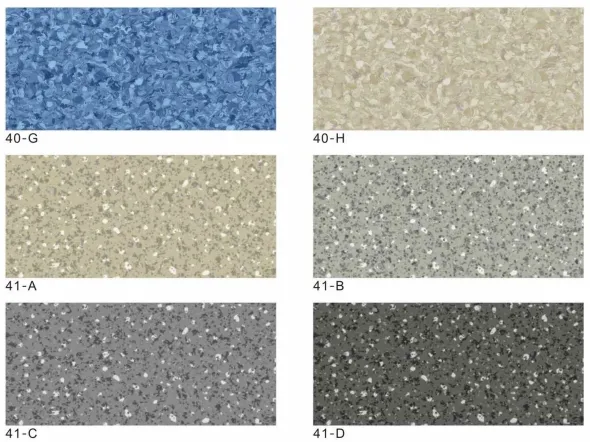Affordable Prices for SPC Wooden Flooring and Its Benefits for Your Home Improvement Project
The Cost of SPC Wooden Flooring A Comprehensive Overview
As homeowners and builders increasingly seek durable, attractive, and cost-effective flooring solutions, SPC (Stone Plastic Composite) wooden flooring has gained significant popularity. This innovative flooring option combines the luxurious appearance of wood with the robustness and resilience of stone, making it an ideal choice for various settings, from residential homes to commercial spaces. However, understanding the cost factors associated with SPC wooden flooring is crucial for consumers considering this option.
What is SPC Wooden Flooring?
SPC flooring is engineered to mimic the look of natural wood while providing superior strength and stability. It consists of a vinyl top layer, a photographic layer that simulates wood, a core made from a combination of stone and plastic, and a backing layer. This unique composition makes SPC flooring waterproof, resistant to scratches and dents, and easy to maintain, which are essential features for busy households or high-traffic areas.
Factors Influencing SPC Flooring Prices
1. Quality of Materials The quality of the SPC materials used significantly influences the overall price. Higher-quality products often feature thicker vinyl wear layers, more realistic photographic layers, and better overall construction. As with many flooring options, investing in higher-quality SPC flooring can result in better durability and a longer lifespan.
2. Design and Aesthetics SPC flooring comes in a wide variety of designs, colors, and textures. More intricate designs or those that closely replicate high-end woods may come at a premium. Furthermore, products that offer unique finishes or embossed textures might attract higher price tags, appealing to homeowners wanting a specific aesthetic.
3. Brand and Manufacturer Different brands offer varying price ranges for SPC flooring. Established brands with a reputation for quality may charge more, while lesser-known brands might offer lower prices. However, it is crucial to balance cost with quality, as cheaper options may compromise durability and longevity.
spc wooden flooring price

4. Thickness of the Planks SPC flooring planks come in various thicknesses, typically ranging from 4 mm to 8 mm. Thicker planks generally provide better stability and sound insulation, leading to higher prices. A thicker SPC floor may be more suitable for areas with heavy foot traffic, justifying the higher cost.
5. Installation Costs When budgeting for SPC wooden flooring, it is essential to consider installation costs, which can vary based on location and the complexity of the project. Some homeowners opt for DIY installations to save costs, but hiring professionals may be advisable for ensuring a proper and lasting installation.
6. Market Trends and Demand Like many products, the price of SPC flooring can be influenced by market demand and supply. Periods of high demand may lead to price increases, while promotions or sales events can offer opportunities for significant savings.
Price Range of SPC Wooden Flooring
On average, SPC wooden flooring prices range from $2 to $6 per square foot. For high-end options or luxury designs, prices can exceed $7 per square foot. When adding installation and other associated costs, homeowners should budget accordingly, as the total expenditure may rise significantly.
Conclusion
SPC wooden flooring presents an attractive and practical flooring solution that balances aesthetics and performance. While the price may vary based on multiple factors, understanding these components can help consumers make informed decisions. By investing in high-quality SPC flooring and considering professional installation, homeowners can enjoy the many benefits this innovative flooring solution offers, enhancing the beauty and functionality of their spaces for years to come.
-
modern-interior-solutions-with-durable-pvc-material-skirtingAug.22,2025
-
elevating-outdoor-spaces-with-premium-wood-material-skirtingAug.22,2025
-
Waterproof Advantages of SPC Flooring Vinyl in KitchensAug.06,2025
-
SPC Hybrid Waterproof Flooring Thickness GuideAug.06,2025
-
Leveling Subfloor Before My Floor SPC InstallAug.06,2025
-
How Mesh Deck Skirting Improves Outdoor Pest ControlAug.06,2025




